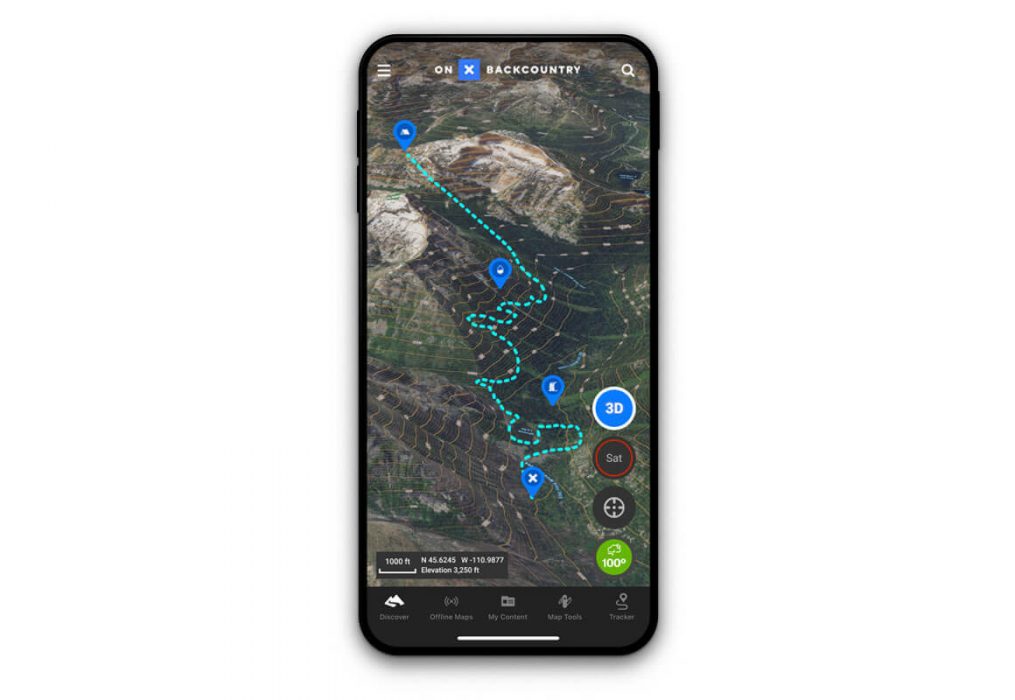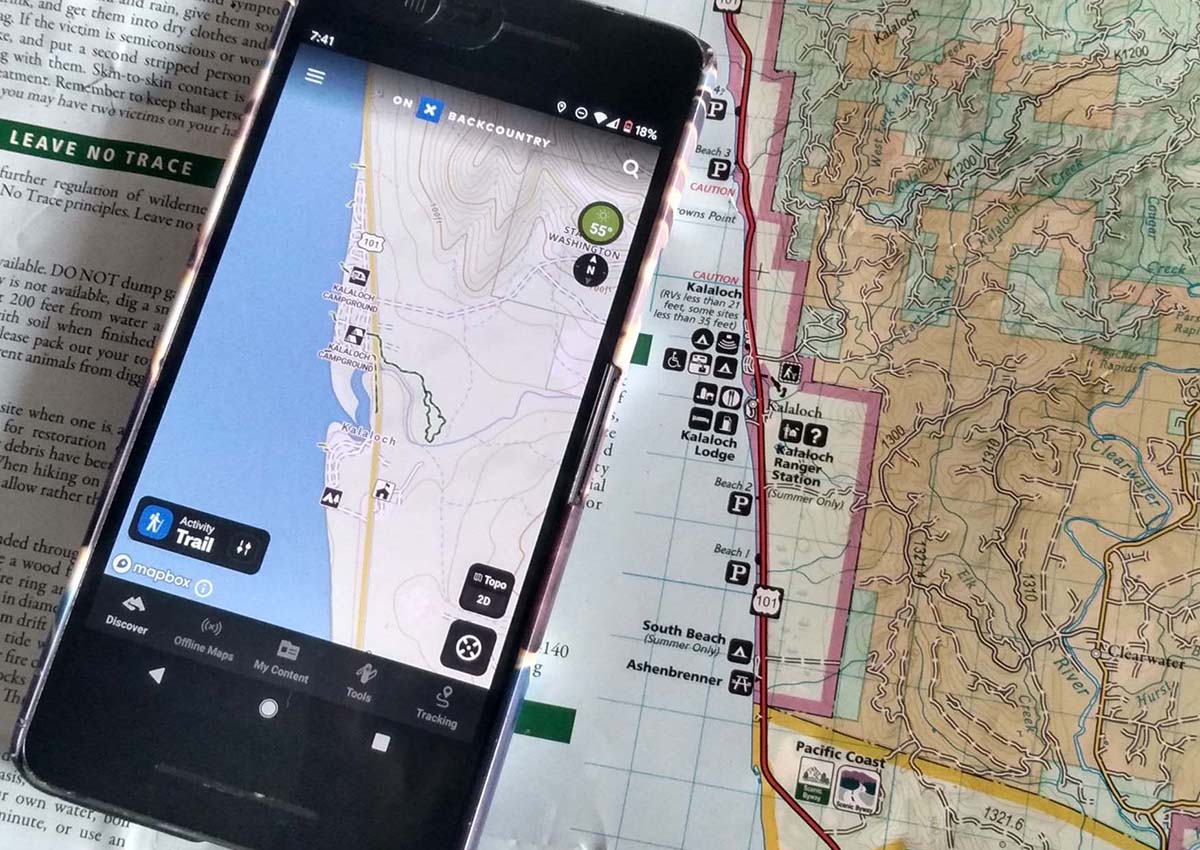

This spring, I’ve been playing around with the new onX Backcountry software for all of that. Of course, the ski touring applications are even wider with slope angle shading ( despite its limitations), objects to designate ‘no’ and ‘go’ territory, and the ability to visualize with impressive detail what’s around you. Unfamiliar places become quickly familiar when they’re mapped in extensive detail and getting un-lost is a lot easier when you have a little blue dot telling you exactly where you are. GPS apps like MTB Project and Trail Forks make it easy to explore new zones and plan link-ups. Mostly thanks to mountain biking, I eventually decided to get with the times. I was a slowcomer to online GPS mapping and apps, preferring the tactility of lines on paper to squinting at a little blue dot on a little rectangular screen. Mapping software has evolved with it not only can we track our progress on existing routes, but we can also create new ones, view 3D topography, illuminate slope angles and tree cover, take photographs to accompany way points, and share with all of our social networks afterwards, all via the smartphone. Fast forward to 2021 and GPS is as ubiquitous as 5G and available for free or a small fee in the palm of your hand.

The Magellan Nav 1000 GPS Receiver weighed 1.5 pounds and cost $2000.

GPS devices have come a long way since the first consumer handheld GPS device was developed in 1988. OnX Backcountry offers a simple and user-friendly interface and unique features like 3D satellite imagery to aid with planning and integration with crowd-sourced backcountry route resources like Powder Project.


 0 kommentar(er)
0 kommentar(er)
